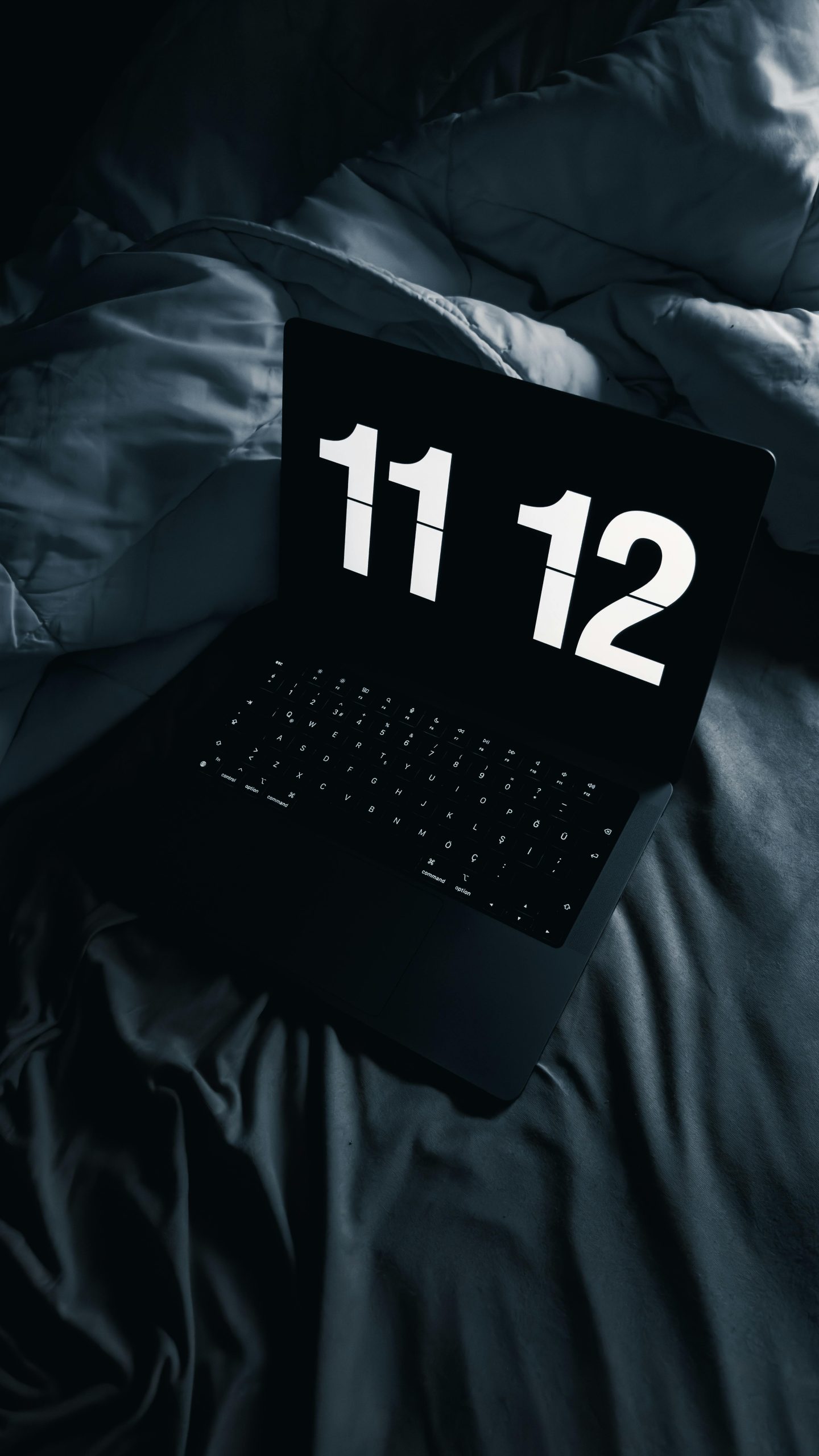Understanding the Risks: What Happens if Your GPU Isn’t Properly Seated?
Installing a graphics processing unit (GPU) is a critical step in building or upgrading a computer, but it’s essential to ensure the GPU is correctly seated in the PCI slot. Recently, I discovered that my GPU wasn’t fully inserted, leading me to wonder about the potential consequences of this oversight.
After an entire week of using my system, I stumbled upon the issue while cleaning my PC. The GPU was not positioned correctly, which raised concerns about possible damage resulting from inadequate contact with the motherboard. So, what risks are involved if a GPU isn’t properly seated?
Potential Risks of a Poor Connection
-
Inconsistent Power Delivery: A GPU that isn’t fully connected may not receive sufficient power, leading to erratic performance, crashes, or even failure to boot. This inconsistent power supply can put undue stress on the GPU components.
-
Overheating Concerns: Improper seating may result in poor airflow around the GPU, leading to increased temperatures. Overheating can severely affect the lifespan and performance of your hardware and could potentially result in permanent damage.
-
Electrical Shorts: A GPU that’s not securely in place may cause electrical shorts if the pins or circuits are exposed or misaligned. This could lead to catastrophic failures, not just for the GPU but potentially for other components on the motherboard as well.
-
Reduced Performance: You may not be getting the full potential of your GPU. A partial connection can cause throttling, resulting in lower frame rates and subpar gaming experiences.
-
Long-term Damage: Although immediate issues may not be evident, long-term effects could accumulate over time, potentially causing permanent damage to the GPU or motherboard.
What Can Be Done Now?
If you’ve found yourself in a similar situation, here are the steps you can take:
-
Ensure Proper Seating: Make sure that your GPU is fully secured in the PCI slot. You should feel a definitive click when it’s correctly in place.
-
Monitor Performance: Keep an eye on your system’s performance. Look for any unusual behavior indicating potential problems.
-
Check Temperatures: Use monitoring software to keep track of GPU temperatures. High readings may signal an issue related to airflow or power delivery.
-
Run Diagnostic Tests: Consider running diagnostic software to test the GPU’s performance, ensuring everything operates as it should.
In conclusion, if you realize that your GPU hasn’t been properly seated
Share this content:



